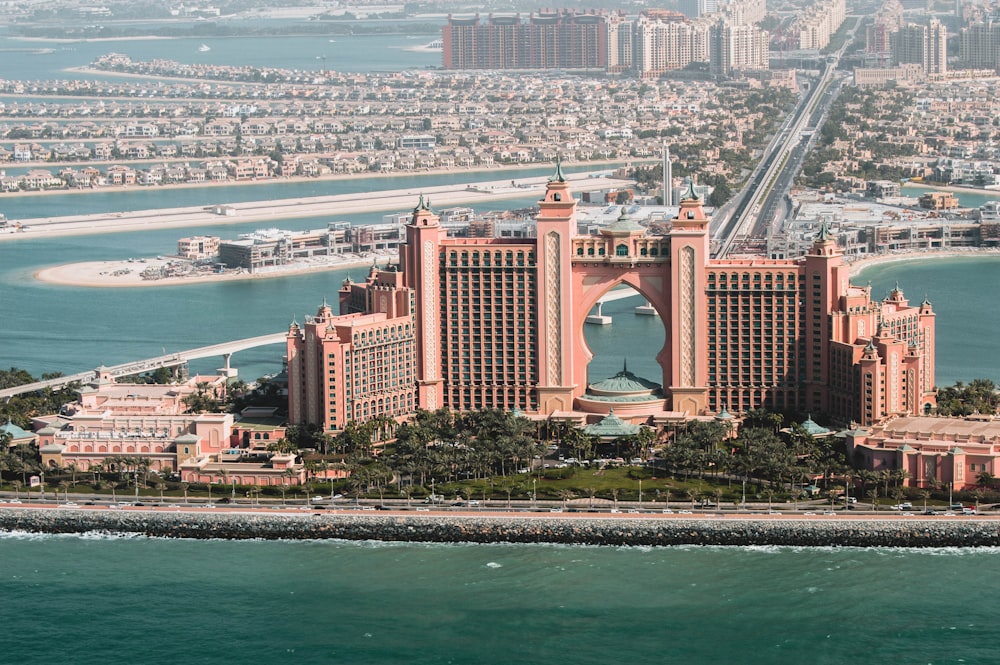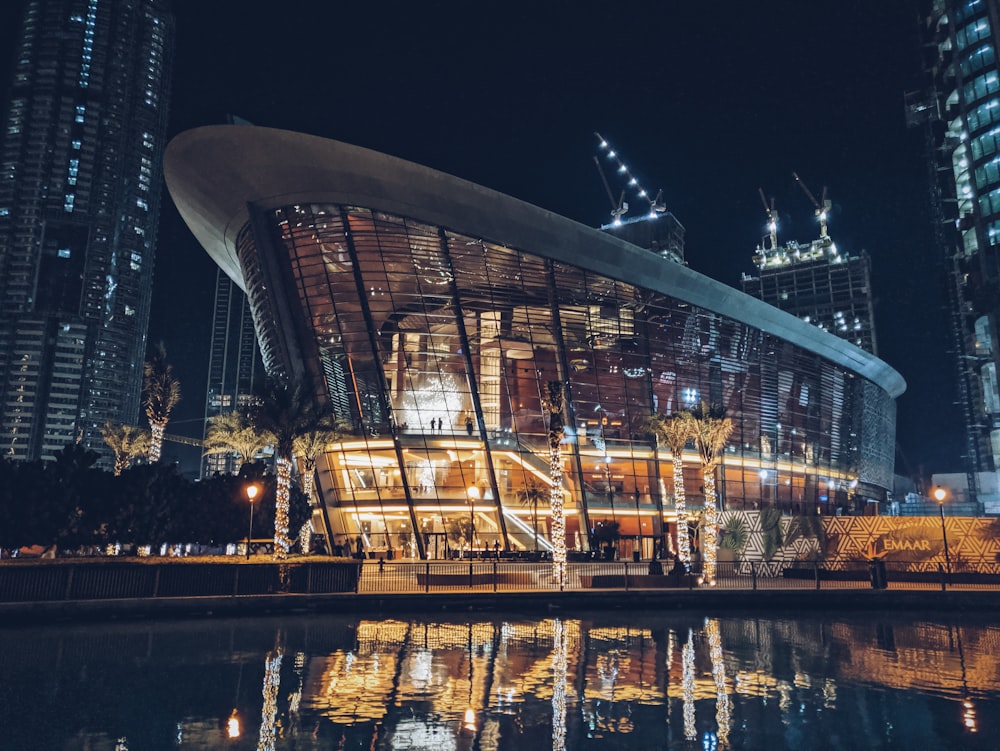According to a recent estimate, Dubai’s luxury residential sector will experience the fastest growth globally in 2019.
Property consulting firm Knight Frank projects an average increase in prime home prices of 2% across the 25 cities it is monitoring in 2023, down from its earlier prediction of a 2.7% increase.
It projects Dubai to lead the pack with a prime price increase of 13.5%, ahead of cities like Miami (5%), Los Angeles (4%) and Paris.
According to Faisal Durrani, partner and head of Middle East research at Knight Frank, “Dubai’s premier residential market has and continues to be a global outlier, with record price rise in 2022, even though this has come from a low base.”
“Prime values are being fueled by Dubai’s safe-haven status, an incredibly wide spectrum of international ultra-high net worth individuals looking for luxury second homes, combined of course with the government’s world-leading response to the pandemic, which has bolstered corporate confidence.”
With prices 21.4 percent below 2014’s peak levels, Dubai is one of the most “cheapest” luxury residential marketplaces in the world, he continued.
In Dubai, prices have been rising across all industries this year as a result of the broader economic recovery following the pandemic.
The non-oil private sector economy of Dubai experienced “robust” business activity in October as a result of companies hiring more people at the fastest rate in about three years and stronger new orders.
The headline seasonally adjusted S&P Global purchasing managers’ index reading for the emirate was 56, which is above the neutral 50-point threshold separating growth from contraction.
According to the International Monetary Fund, the UAE economy is expected to grow by more than 6% this year after gaining 3.8% in 2021. This growth will be supported by a pickup in tourism, building activity, and business connected with Expo 2020 Dubai.
Prices have been raised by a lack of prime supply as well. According to Knight Frank, there aren’t enough planned new luxury homes to meet demand.
The majority of the brand-new luxury residences entering the city’s most prestigious neighborhoods are located in Bulgari Lighthouse on Jumeirah Bay Island (31 apartments) and Alpago’s Palm Flower on The Palm Jumeirah (11 apartments).

Only eight villas in Dubai’s most prestigious neighborhoods are anticipated to be produced by 2025, which makes supply the other crucial aspect in Mr. Durrani’s 2023 prediction.
“Developers have not reacted to the buoyancy in demand as we have seen in previous cycles, and with supply remaining limited and demand for luxury waterfront continuing to strengthen, our 2023 prime residential forecast of 13.5 per cent is supported by a clear demand-supply imbalance as well as a positive economic backdrop,” the report stated.
According to Mr. Durrani, prices in Dubai are anticipated to end the year roughly 50% higher than in 2021.
According to CBRE data, the price of a home on the Palm Jumeirah was the most expensive in Dubai in October at Dh3,704 per square foot. In each of the previous six months, prices increased, sometimes by as much as 5% on a monthly basis.
This year, a number of records have been set at The Palm. A recent rental record was set when a villa was leased for Dh4 million for a period of six months, breaking the previous record of Dh302 million set by Alpago’s Casa Del Sole mansion sale in Dubai’s real estate market.
Dubai As Global Leader For Branded Residences
According to a recent study by real estate advisor Savills, Dubai is the global leader for branded residences.
According to Savills’ Spotlight on Branded Residences, the industry has expanded by more than 150% over the last ten years and has shown to be resilient in the face of uncertainty and change on a global scale.
Currently, there are 640 schemes, which account for almost 100,000 units globally, and by 2027, supply levels are expected to exceed 1,100 schemes.
Over 40 branded houses have already been built in Dubai, and there are more in the queue that will bring the total to over 70. In terms of hotspots for completed and current pipeline, New York City and South Florida are ranked second and third, respectively.
Recently announced branded residences in Dubai include the Mag of Life Mansions at the Ritz-Carlton Residences, Creekside, which are each for Dh177 million. As part of the Peninsula waterfront development in the neighborhood, Jumeirah Group showcased its fourth branded apartment in Dubai in August.
In addition, the 795-room hotel and Atlantis The Royal Residences are scheduled to debut on Palm Jumeirah in 2019.
The demand for branded residences will continue to be driven by wealthy, mobile individuals, according to Swapnil Pillai of Savills Middle East. “Brands are looking for new locations to grow their portfolios throughout the world,” he added.
“Developers and brands are working together to pinpoint areas where the number of high-net-worth individuals is growing in order to improve their offering. The Middle East (34%) and Asia Pacific (34%), which experienced the second- and third-highest growth rates in terms of the number of HNWIs, respectively, over the past five years. This is consistent with what we’ve noticed about the strongest growth in the stock of branded homes during that time.
The number of high-net-worth households is predicted to increase by 22% in the UAE over the next five years, while wealthy populations are also predicted to increase by 13% in Saudi Arabia, 51% in Kuwait, and 22% in Qatar.
According to a report released in July by management consulting firm Boston Consulting Group, financial wealth in the UAE is increasing quickly and is projected to increase at an even faster rate in the coming years, reaching $1 trillion from $700 billion in 2026 at a compound annual growth rate of 6.7%.
The increase in financial and physical assets is fueling the rapid expansion.
HNWIs contributed about 41% of the UAE’s wealth in 2021, and that percentage is predicted to rise to 43% by 2022.
As many brands search for expansion prospects in developing cities and resort areas, branded residential development growth in the top locales of Dubai, South Florida, and New York is slowing down, despite still being high.
According to Savills’ analysis, the average global premium for branded homes over an equivalent non-branded product is 30% on an unweighted basis.
With the Armani Residences Burj Khalifa, the emirate’s first five-star serviced residence, the market in Dubai began to flourish in 2010.
In a report released earlier this year by Knight Frank, it was stated that there were now two distinct areas of branded residential real estate in Dubai: Central Dubai, which extends from Downtown Dubai outward along the Dubai Canal and to Jumeirah, and New Dubai, which includes The Palm Jumeirah, Dubai Marina, and Jumeirah Lakes Towers.
Damac, a Dubai-based developer of luxury homes, has acquired a site in Miami and is moving forward with its Versace-branded project in Nine Elms, London.
Read more information here..
Visit us online for more information, or email us at [email protected]




